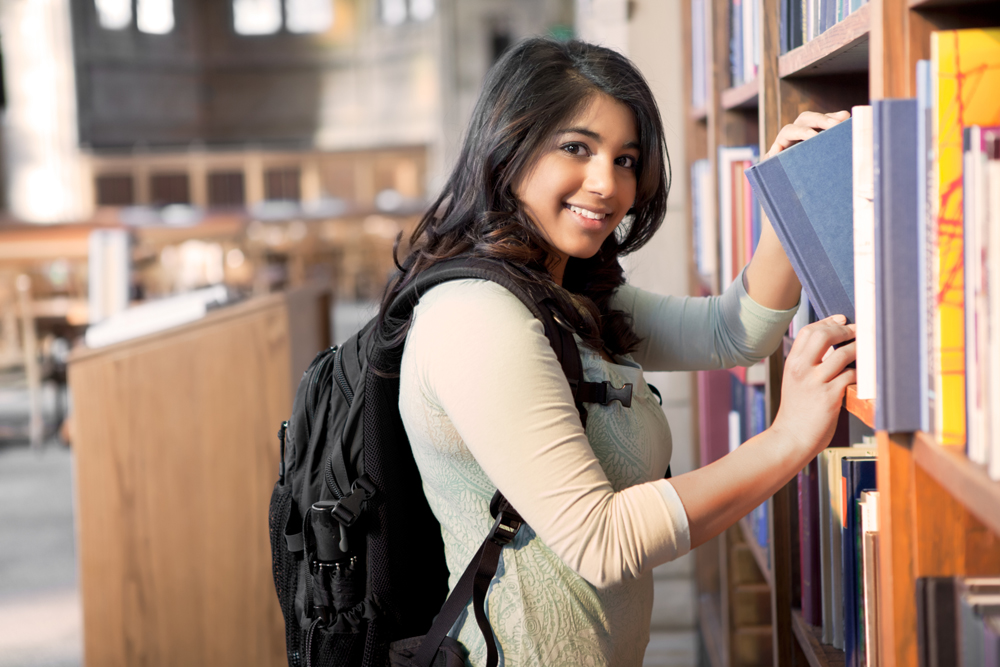[tps_header]
[/tps_header]
Written by Tina Haver | As a woman, I am lucky to have been exposed to the same opportunities as my male peers. Throughout middle and high school, I was a member of the International Baccalaureate program, a global educational foundation for students age three to nineteen. I was constantly pushed to work hard — and then harder — to be successful in school. There were tests and grades, of course, but the crux of the educational program was fostering an independent desire to learn. I went on to get my undergraduate degree at the University of North Carolina at Chapel Hill, and then to teach English internationally in a small village in Indonesia. While the all-nighters and essays felt grueling at the time, they gave me an intense intrinsic drive, which has taken me further than I could have ever imagined.
The school that hired me to teach English was located in Candidasa, Indonesia, a little sea town on the edge of the island. Nestled between a black sand beach and several wide fields of lush, green crops, my classroom was in the second story of a thatched hut. Like everything else, our school worked on island time. Children floated in and out at their own leisure, working at computers or writing on chalkboards without much structure. It was a loose system, much different than the regimented Baccalaureate program of my past. It was a difficult adjustment, but not too far removed from the Montessori approach popularized by Italian physician Maria Montessori, which emphasizes freedom and personal choice. The school in Candidasa respected the natural development of the boys and girls it educated. Listening and responding to their needs was key.
And good thing—in Indonesia, like elsewhere, access to quality education is fundamental in the battle against gender inequality. According to the Right to Education project, [blockquote]“Girls are less likely to access school, to remain in school or to achieve in education. Education helps men and women claim their rights and realize their potential in the economic, political and social arenas.” [/blockquote] My school was evenly split between male and female students, although I did notice that the males were often more courageous and boisterous in class. The Universal Declaration of Human Rights (UDHR) ensures that “the right to free and compulsory primary education, without discrimination and of good quality, has been reaffirmed in all major international human rights conventions.” However, social and cultural values often stand in the way between girls and quality education. girls
Without education, women are set up for a lifetime of missed opportunities, affecting their mental and physical health—and even the backbone of entire economies. The most basic educational programs empower girls and women, and create sweeping benefits across many spheres. Countries that focus on equal educational opportunities see better overall health and nutrition, stronger attention to family planning, more economic growth, and improved family health—including mortality rates for infants and children. Clearly, equal educational opportunity for girls and boys benefits everyone in the long run. As an educated woman, I am proud to have taught both young boys and girls in Indonesia. Perhaps they’ll be the bold leaders of tomorrow.



